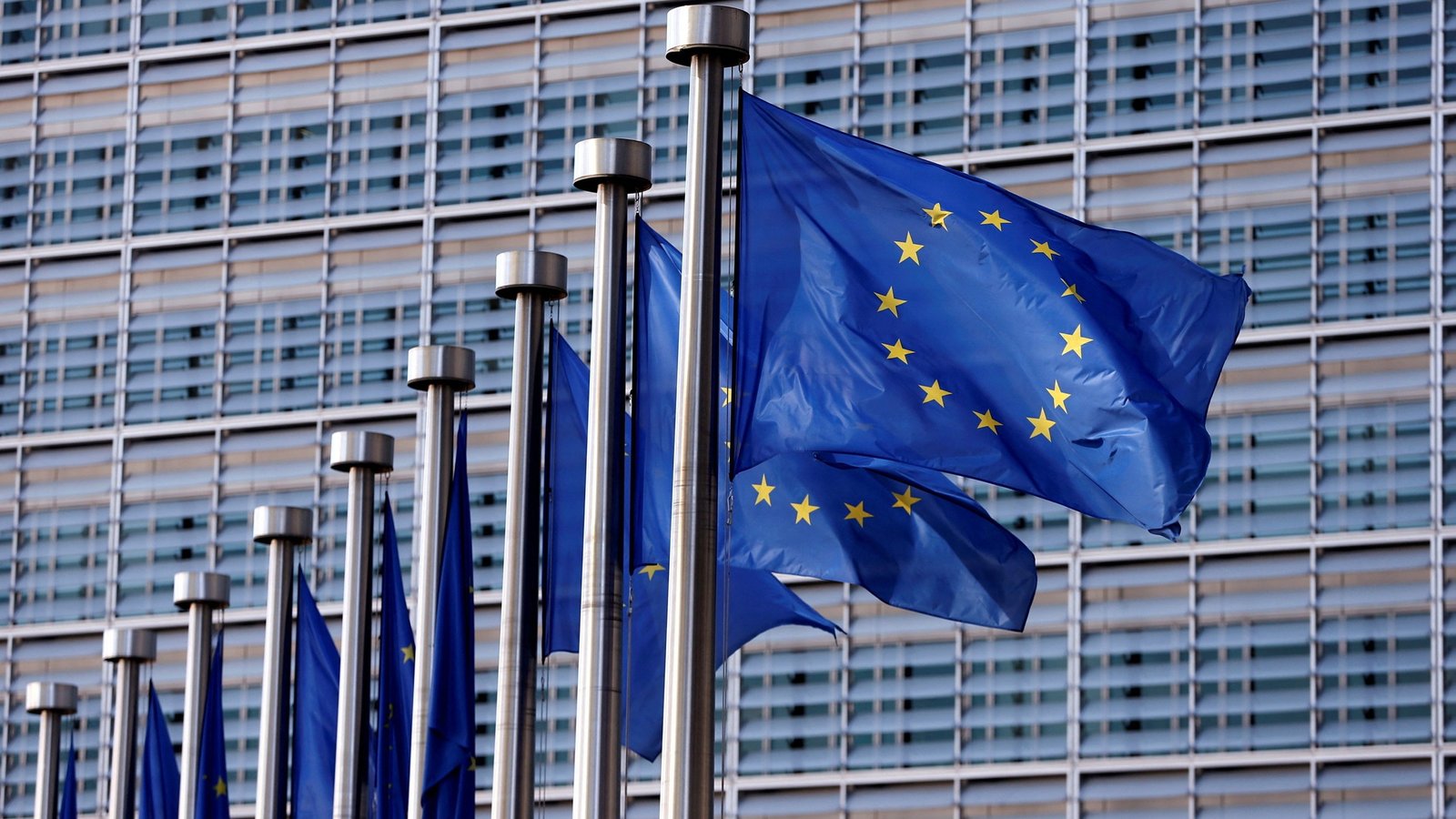The green bond market is poised to break new records in 2025 as net zero investment requirements remain massive, according to a report by AXA IM.
The green bond market outperformed the conventional bond market by close to 2 per cent in 2024 and broke new records of issuance, with $447bn in 2024.
This dynamic, the report said, led the green, social and sustainability (GSS) universe to match its 2021 record of issuance and as a result, outpace 2023 by 17 per cent.
According to Johann Plé, a senior portfolio manager at AXA IM, while the US dynamic was expected to remain muted, projects financed in the US should remain in existence.
As a result, he believes there are many reasons to be optimistic about this year.
More issuers and looming refinancing needs
Plé says: “The green bond market is now 10 years beyond the Paris Agreement, which gave a fillip to the market. Now, the first issuances are progressively reaching maturity. This maturity wall will start to hit new levels in 2025 and 2026 which means there will be refinancing needs on top of regular issuance ambitions.
“Moreover, while we expect credit to continue to account for more than 50 per cent of the market, we could also expect additional sovereigns issuing green bonds.”
In Europe, only Finland, Portugal and Greece have not issued any green debts but Greece has referred to it as a potential instrument in its 2025 funding plan.
Additionally, the EU is a very large green bond issuer with the financing of its projected €250bn of green bond under the NextGen EU by 2026.”
New regions
An interesting area of development, according to Plé, is Asia, which could become a robust source of growth after Europe.
The “growing sophistication” in sustainable finance, supported by maturing regulation and government support could lead to additional supply in the region but also growing investors’ appetite.
He added: “While we expect the US dynamic to remain muted, we are confident the projects financed in the US should remain in existence as most beneficiaries of the Inflation Reduction Act funding are Republican states.
“It is also worth noting that while several large US banks are leaving their respective net zero alliances, we do not expect it to derail the green bond market. This is because the market is still largely made up of European issuers, and these banks have not withdrawn from their existing commitments.”
Europe’s lead could offset US uncertainties
“The euro remained the key driver of growth last year with 60 per cent of issuances. However, there was a decline from US issuers which was only 8.5 per cent – half of what it used to be – and a sharp fall in USD-denominated issuances – 14 per cent versus 20 per cent last year.”
This is as a result of the ESG backlash.
More issuers stopped issuing green bonds in 2024, highlighting how ESG has fallen out of favour in the US.
Plé said, while this might reduce potentially new opportunities, it was worth noting that sustainable investments continued to grow, boosted by the Inflation Reduction Act.
“Some US issuers simply don’t want to flag their green investments.
“Moreover, USD issuances declined in green bonds but picked up in social and sustainability. It is not just US issuers who issue in USD; Emerging Markets and Asia in particular do and these issuers seem to embrace larger themes. Chile has historically issued green bonds but also social and sustainability bonds.”
Looking ahead, Plé expects that green bonds will keep the lead in terms of issuance allocation across green, social and sustainability (GSS) bonds, but new products might gain interest such as blue bonds (related to marine, ocean or other water-related projects) and SLLBs (sustainability-linked loan financing bond).
He added: “The transparency and robustness of frameworks guiding GSS bond issuances have seen significant improvements, with multiple framework updates over the past two years, enhancing the credibility of these bonds.
“These new frameworks reinforce the transparency, reporting, and verification commitments. They also broaden the scope of eligible categories, and sometimes add a layer of criteria selection such as the EU Taxonomy.”
Europe could offer the best opportunities
The green bond universe is more exposed to Europe where the macroeconomic context is supportive of further rates cuts by the European Central Bank compared with the US which is facing more uncertainties, Plé said.
“The green bond market also benefits from a higher credit exposure which currently provide additional yield pickup as well as healthy fundamentals. This should be good for technicals and we forecast the green bond issuance levels being closer to the $600bn threshold next year and $1000trn for GSS bonds together.
“Overall, we believe the combination of the strong performance, improving regulatory landscape, a supportive macro backdrop, and yield levels close to the 10-year high5 will offer potentially attractive opportunities for green bonds in 2025.”







